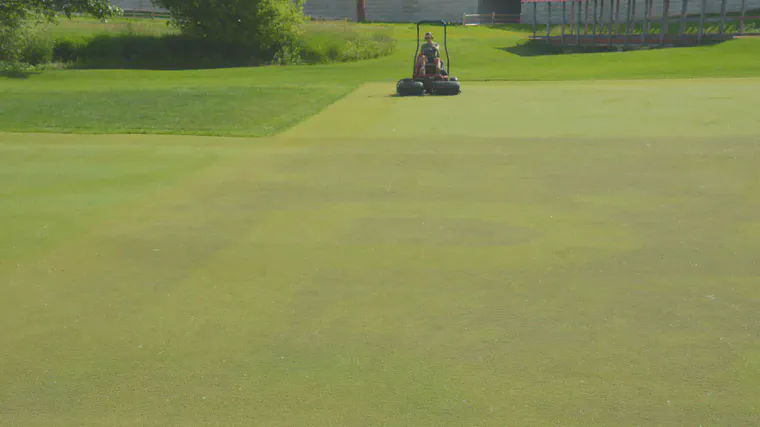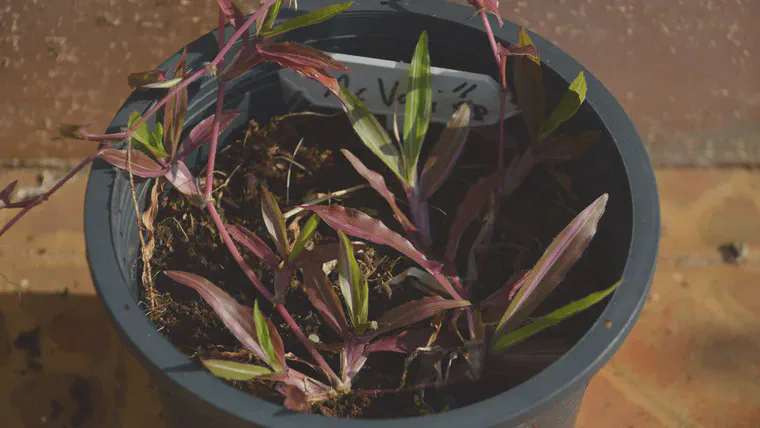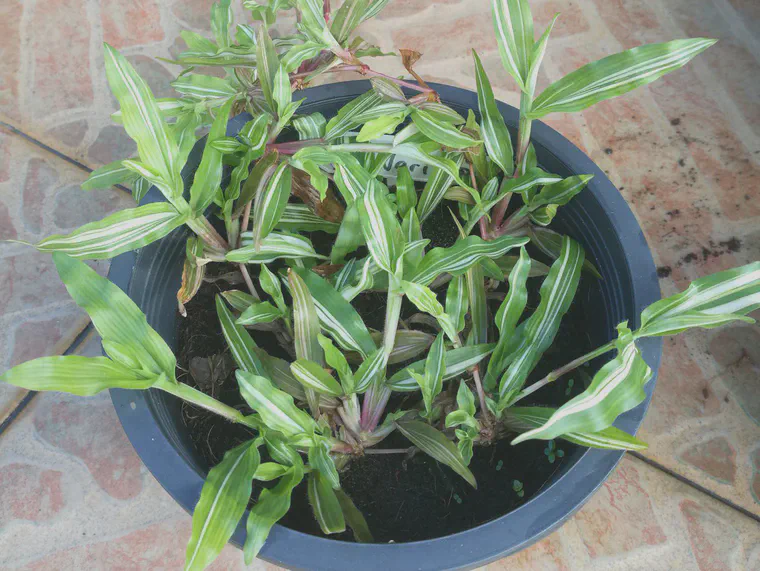Can you see the P?
The MLSN guideline for phosphorus (P) is 21 ppm. I usually recommend enough P fertilizer to keep soil P, as measured by the Mehlich 3 extractant, from dropping below 21 ppm.
But there’s another way to decide when to apply P. That’s by looking at the grass. Can you see the P in this image?

One can wait to see a deficiency, which is evident as turf that gets a purple tint, or grows a bit less, or has a darker color. When those deficiency symptoms are observed, one can correct the deficiency by applying P.
For example, I’ve been growing some variegated Axonopus compressus at #ATC南店 and when I returned from a long trip on 5 December, I saw this grass had symptoms that looked like a P deficiency.

On 6 December, I added a bit of diammonium phosphate and urea to this pot of grass. Then I left on another trip. When I came back on 19 December, the purple color was gone, and the grass was back to normal—green leaves with light-colored stripes. That purpling went away after adding N and P. I’d guess this removal of purple color was caused by the P I added and not by the N.

I wrote above that I usually recommend enough P to stay above 21 ppm. That’s pretty much guaranteed to prevent any visual symptoms of P deficiency. And I think that is the way most professional turfgrass managers would like to keep their turf—without having to worry about a visual deficiency showing up. There is a particular case when I do suggest waiting to see a P deficiency before applying P. That is when one is trying to prevent Poa annua invasion. More about that in a future, and probably longer, post. But I thought these photos were interesting and wanted to share them today.
On another note, thanks to everyone who signed up recently to receive this ATC blog as an email update. That signup, and all the ATC newsletter options, are in a brand new signup form right here.